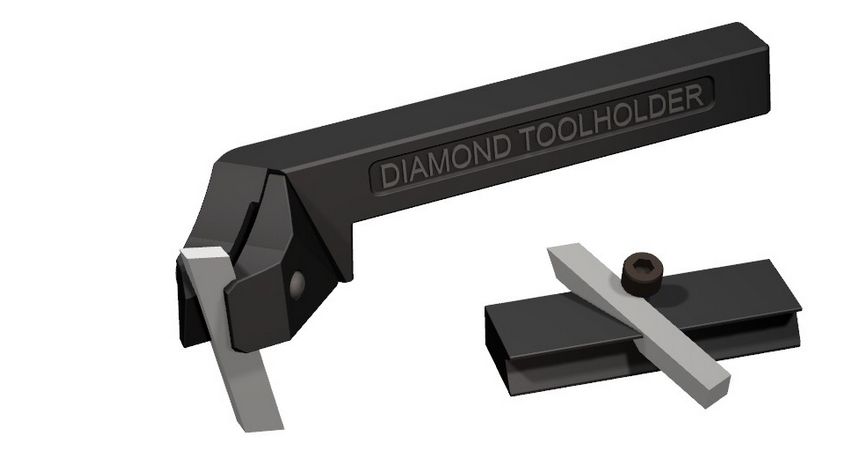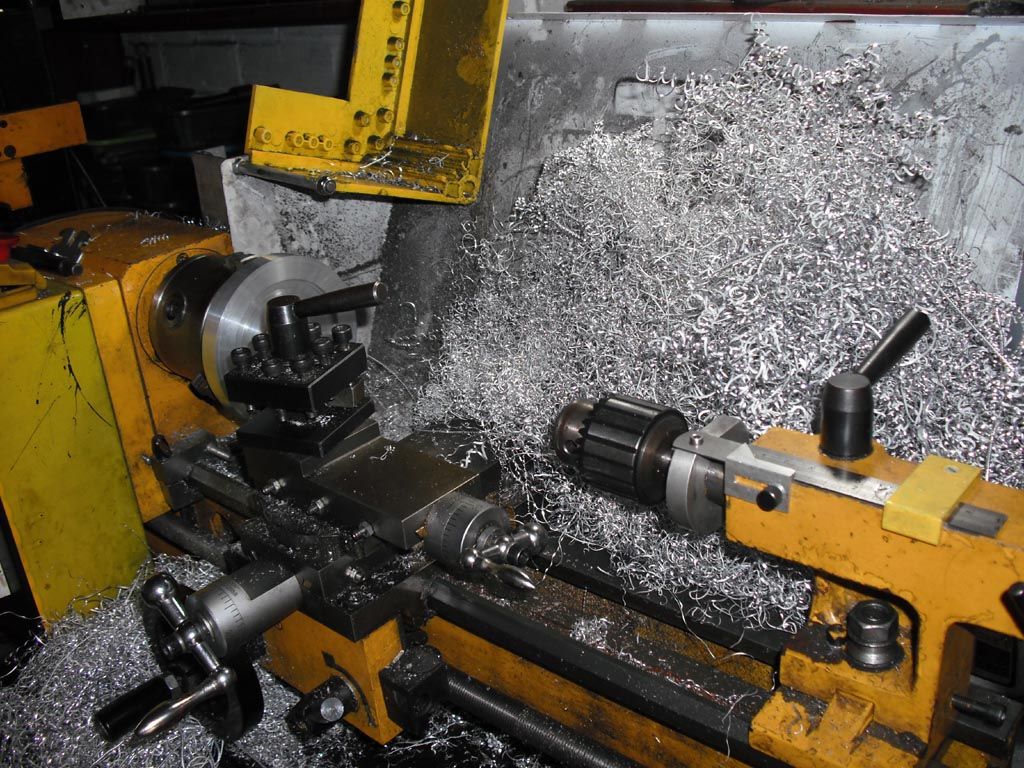I've had my lathe several years now, I am untrained, reletively inexperienced and have no real idea about sharpening HSS. As such, I've been using indexable tooling with varying results.
A recent thread here prompted me to order the Eccentric Engineering 'Diamond' tangential tool, which appealed to me because of the apparent ease of sharpening.
Having set the tool up, and turning a test piece of free cutting steel at various speeds, feeds and depths of cut I'm getting excellent results. I'm pleasently surprised by how much metal I can remove in one pass and the excellent quality of the finish.
Problem is, I'm getting ribbons instead of chips regardless of what I change, Clearly not ideal as I'm having to frequently stop and clear the birdsnest that's formed.
I do use cutting fluid but flow cooling, whilst possible, is not really practicle.
The cutting tool is ground flat as shown in EE's video so is it a matter of changing the profile of the tool or do I need to do something else?
Thanks, Gavin.
SillyOldDuffer.






